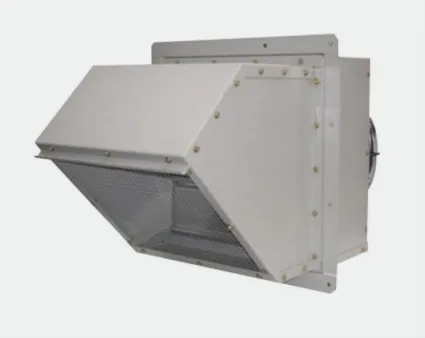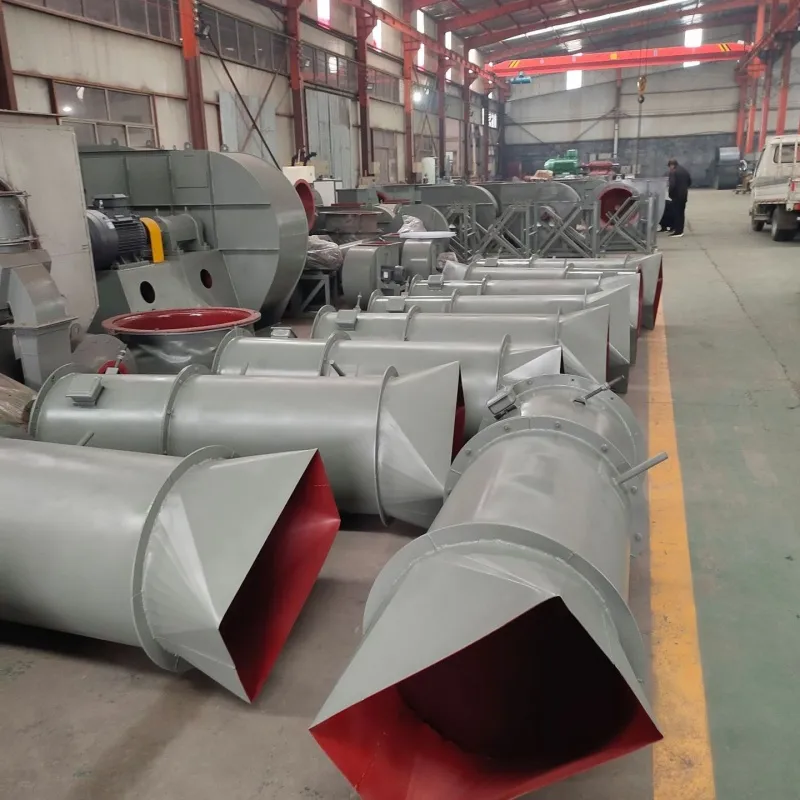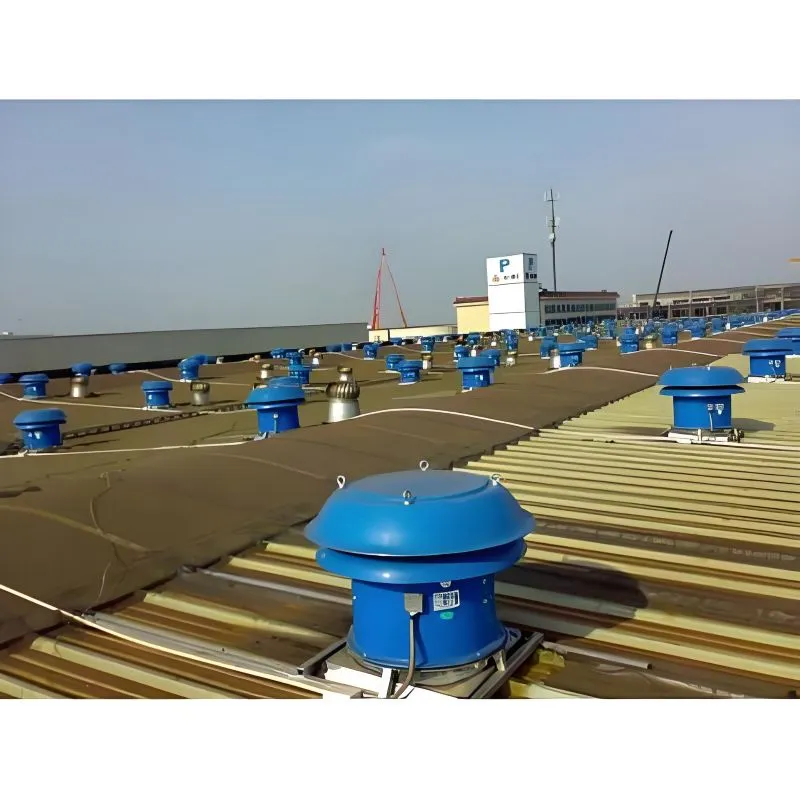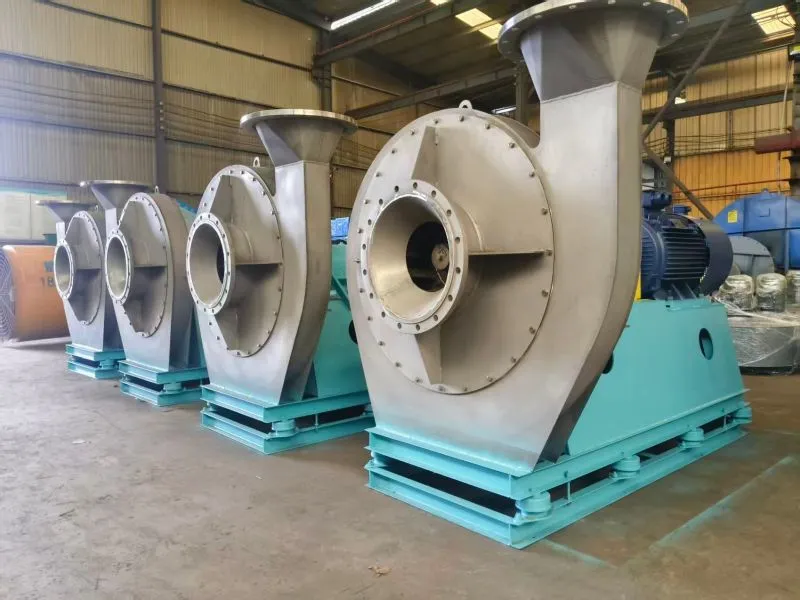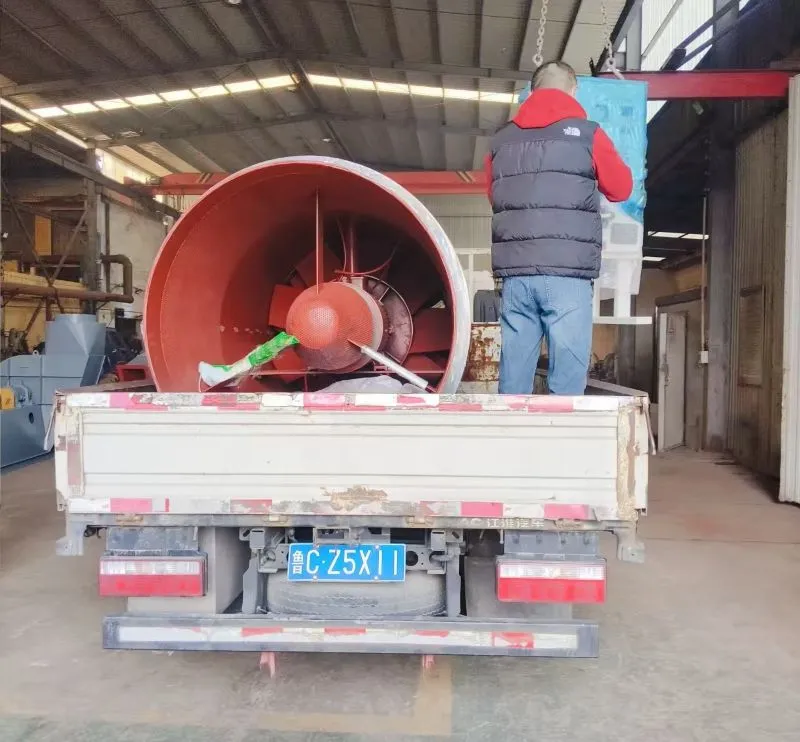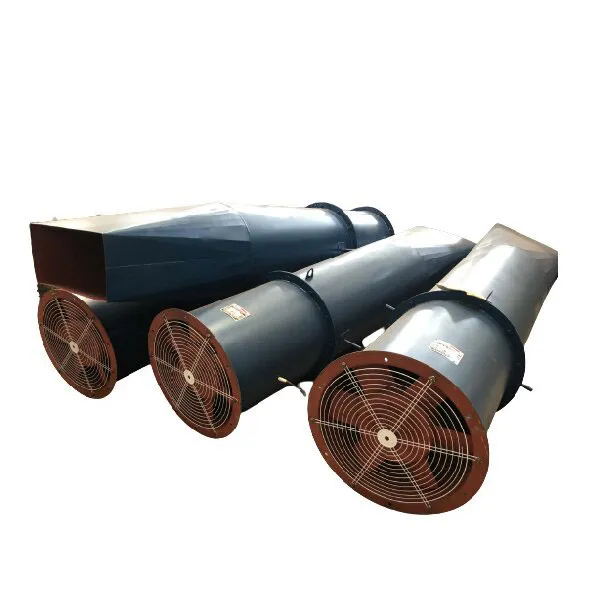In today’s industrial landscape, where sustainability is not just a buzzword but an imperative, many question how traditional sectors are responding. One intriguing area is the field of corrosion-resistant fans. There’s a misconception that these heavy-duty industrial tools are miles away from being environmentally friendly. Yet, innovations are reshaping this perception entirely.
Redefining Industrial Efficiency
When we talk about innovations in sustainability, the first thing that comes to mind might not be industrial fans. However, these fans are essential in maintaining air quality and preventing harmful emissions. At Zibo Hongcheng Fan Co., Ltd., a company with a broad range of blowers including corrosion-resistant fans, efficiency meets sustainability. The challenge lies in optimizing performance while minimizing the environmental impact. They’ve tackled this by improving the aerodynamic design of their products, which significantly reduces energy consumption without compromising on functionality.
I remember a project where a client replaced outdated fans with Hongcheng’s models. The immediate benefit was a marked reduction in electricity usage. It wasn’t just about replacing old with new; it was about implementing the right technology. These innovations are often subtle but play a substantial role in forwarding industrial sustainability.
The use of advanced materials is another key factor. By opting for components that manage to withstand tough environments longer, companies can reduce waste resulting from frequent replacements. This is where Hongcheng’s expertise in corrosion-resistant technology comes to the fore, offering a more durable and sustainable solution.
Material Selection and Longevity
Corrosive environments demand materials that can withstand chemical reactions and degradation. Traditionally, this has been a challenge, as robust materials can sometimes be less green. But innovation has paved a new avenue for manufacturers like those at Hongcheng Fan Co., Ltd., who utilize advanced alloys and coatings. This ensures not only longevity but also reduces the need for frequent manufacturing cycles.
Think about it—from an environmental standpoint, the fewer the units built, the less the resource drain. It’s not just a matter of initial cost benefits but scaling up to see long-term payoff. Engineers often tinker with these materials, testing them in various sulphuric and hydrochloric environments to ensure they’re not just passing spec, but exceeding standard expectations.
I recall seeing one of these tests where even after extended periods, the material showed little to no signs of corrosion. That’s a game-changer for industries committed to significant reductions in their operational carbon footprint.
Real-world Applications and Lessons
Implementing these fans isn’t as straightforward as it seems. There’s a balance to be struck between optimal performance and minimal resource use. Often, initial trials might not hit the mark perfectly. A case in point was a unit installation at a major chemical processing plant where an unforeseen chemical mix in the air led to unexpected results. The key takeaway? Real-world conditions can surprise even the most well-planned setups; thus, quick adaptation is crucial.
This adaptability is essential in learning and advancing. An iterative approach is often the most reliable path to get systems seamlessly integrated with current sustainability objectives. The lessons learned feed back into design enhancements, continually improving the offering.
If you go over to their website, https://www.hongchengfan.com, you can access more detailed specifications about how exactly these fans achieve their durability and efficiency. It’s a fascinating repository for anyone vested in industrial sustainability.
The Role of Innovation in Meeting Regulations
An oft-overlooked aspect of sustainable innovation is compliance with tightening regulations on emissions and environmental impact. As governments around the globe enforce stricter guidelines, industries have no choice but to adapt rapidly. Zibo Hongcheng has been at the forefront of such adaptations, leveraging their innovative fan designs to not just meet, but often exceed regulatory demands.
It’s not merely about jumping through bureaucratic hoops. By proactively adopting higher standards of sustainability, these companies position themselves as leaders in the industry. The technological advancements made in this sector often serve dual purposes: they meet legal stipulations and organically foster a more sustainable industrial culture.
The interesting bit is that this adaptive mindset doesn’t just benefit the environment but often lead to unforeseen economic efficiencies, too. By reducing waste and maximizing energy use, companies often recoup their initial outlays faster than expected, driving both profitability and sustainability—a rare and coveted win-win.
Conclusion: Embracing Change
In essence, the path to sustainability through corrosive gas fans is neither linear nor without its hurdles. Yet, the ongoing innovations prove that industries traditionally seen as lagging in the green race are fully capable of transformation. With leaders like Zibo Hongcheng Fan Co., Ltd. pushing the envelope, what’s clear is that sustainable practices aren’t just a temporary trend but the permanent future of industrial operations.
The real shift begins with understanding and intention—moving from merely using solutions to actively designing and employing them with sustainability as the core objective. As innovation continues, so does the need for us all to adapt, learn, and lead towards a more sustainable industrial era.









